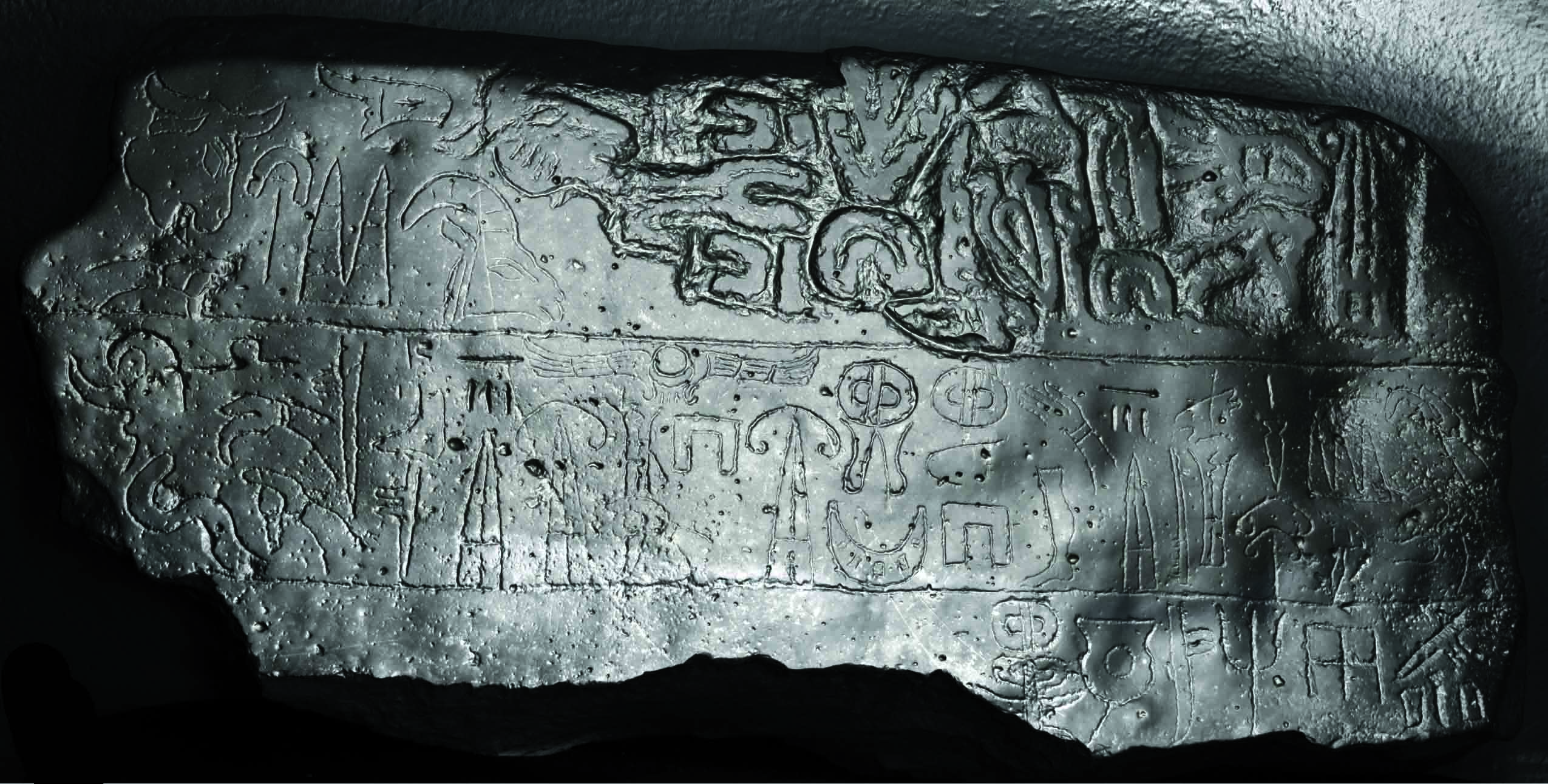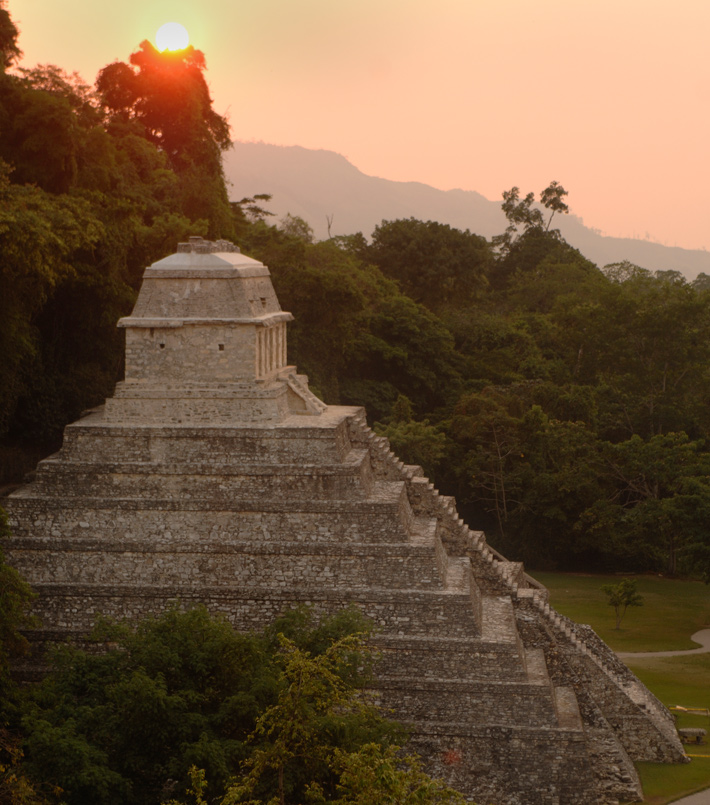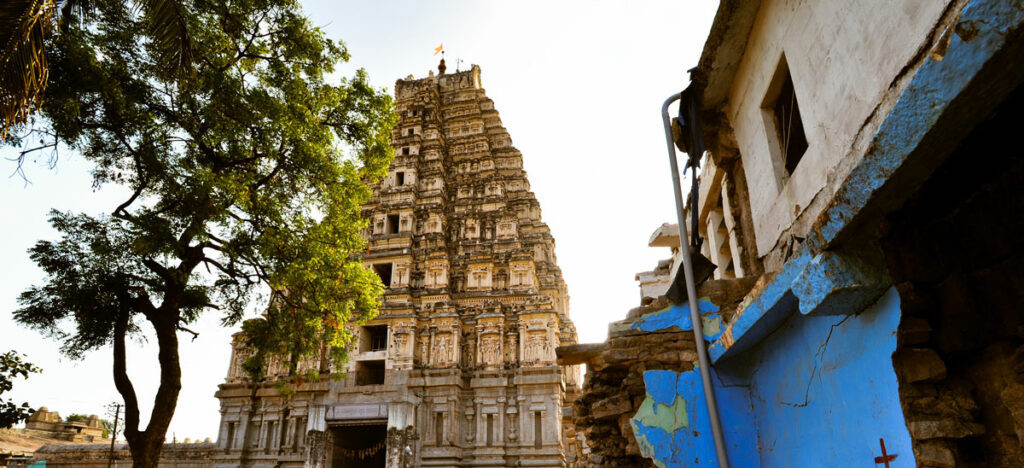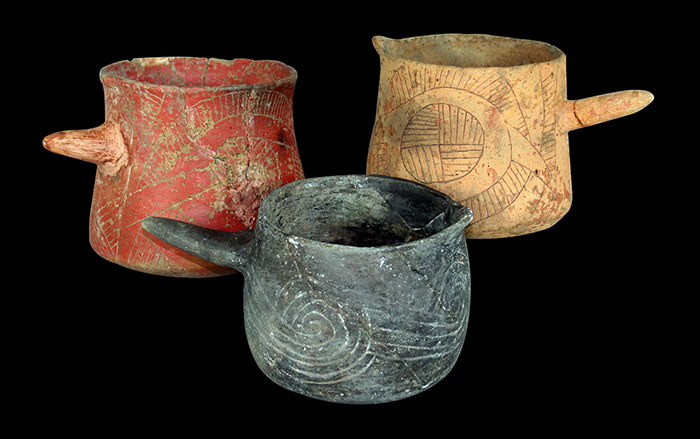
Looking a bit angry—perhaps because he's being unceremoniously hoisted aboveground by a crane—this 3,000-year-old stone lion has much to tell archaeologists about the Iron Age in the eastern Mediterranean (1200-550 B.C.) The sculpture was probably originally buried by the destruction of the monumental gate on which he sat guarding the citadel of Kunulua, the capital of the Hittite Kingdom of Patina, in 738 B.C.
According to Timothy Harrison, director the University of Toronto's Tayinat Archaeological Project, the lion and the site in southeastern Turkey where he was found will provide valuable new insights into the character and cultural sophistication of the small states that emerged in the eastern Mediterranean following the collapse of the great Bronze Age powers at the end of the second millennium B.C.










